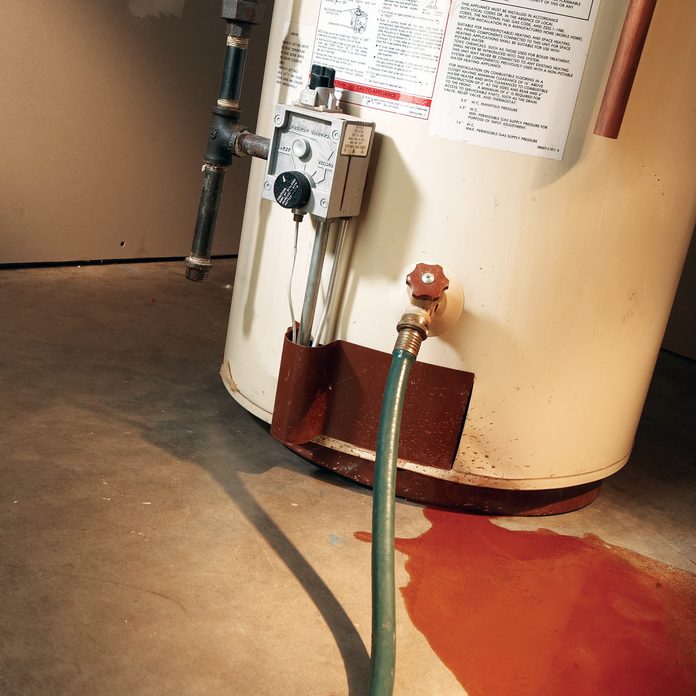
A Leaking Water Heater is a Time Bomb
Water heaters sometimes leak from the drain valve or relief valve. Those valves are easy to replace. But if a leak is coming from the tank, you’ve got serious trouble. The tank is lined with a thin coat of glass. Eventually, that glass begins to crack, the steel begins to rust away and a puddle appears. Left alone, the tank will rupture, causing an instant flood. It may take months for a leak to become a flood, or it may take days. But it will happen so don’t gamble. Replace that leaking time bomb now.
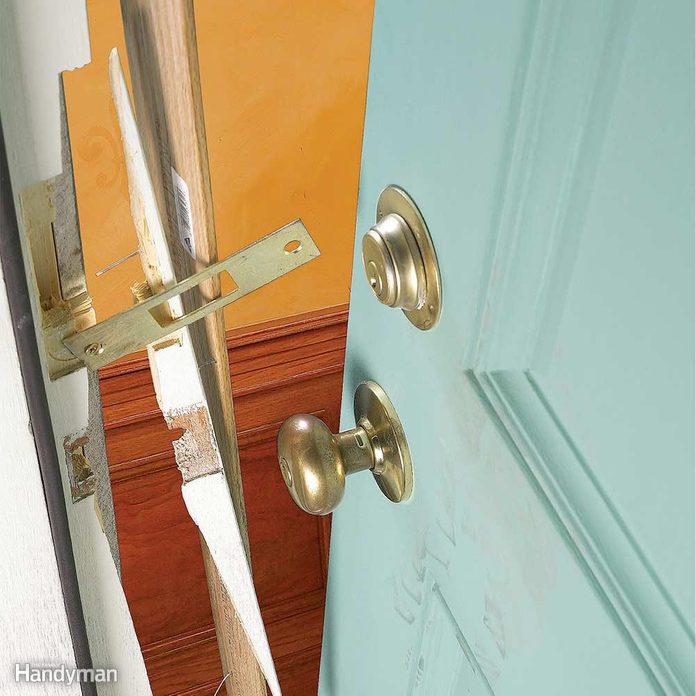
Daytime is Crime Time
Most of us think of burglary as a nocturnal activity. That used to be true. But these days, most burglaries occur between 10 a.m. and 5 p.m. In many cases, the crooks get in through unlocked doors or windows. Learn how to theft-proof your home with these 13 home security tips.
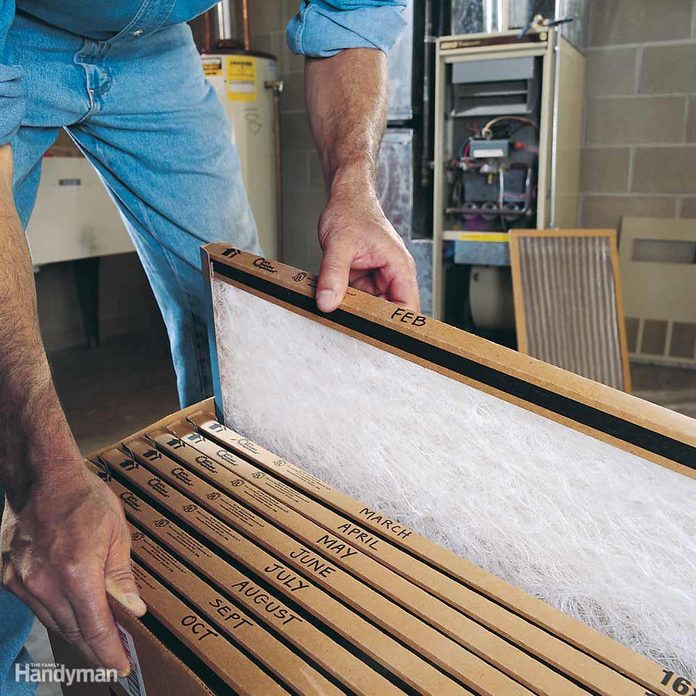
Make Your Furnace Last
Regular filter replacement is the very best thing you can do to keep your furnace in top condition. And here’s a way to keep track of that task: Buy several filters and label them. With some systems, monthly filter changes are best. Others can go a few months between changes.
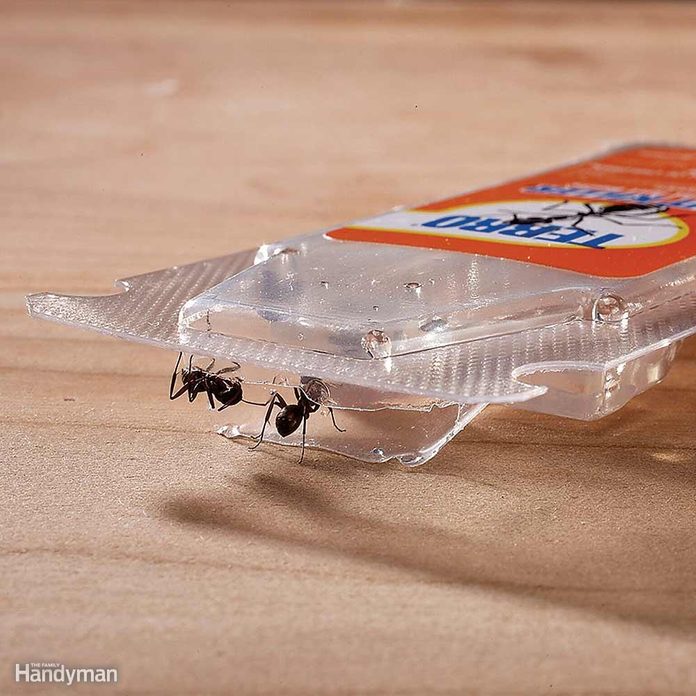
Don’t Squish Ants
Place liquid ant bait stations in areas where you’ve seen ants, like under the sink and along walls, to make it as easy as possible for the ants to take the toxic bait back to the nest. Expect to see more ants (initially) when you set out the bait. That’s a good thing as it means more ants are taking the bait back to the colony where they’ll share it with the rest of the ants, including the queen. Get the comprehensive guide to how to get rid of ants.
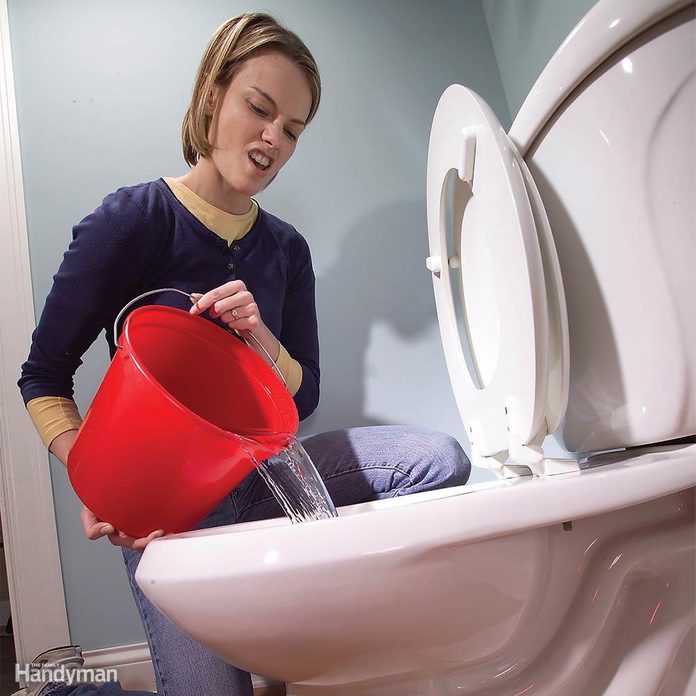
How to Flush the Toilet When the Power’s Out: Flush With a Bucket
Even if a power outage stops your well pump or the city water supply, you can still flush the toilet. Dump a couple gallons of water into the bowl or fill the toilet tank. This works just as well as the usual flush, but won’t refill the bowl. Still clogged? Here’s our guide for how to unclog a toilet.
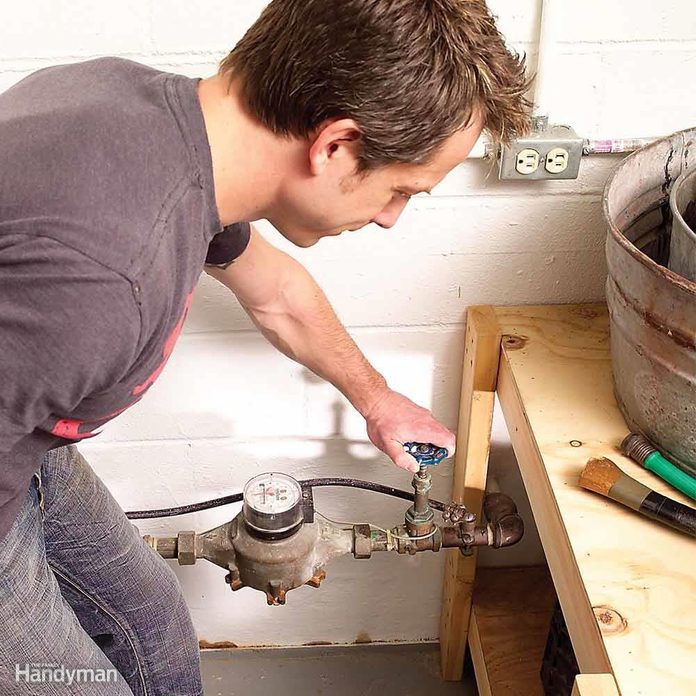
Shut Off the Water Before Vacation
Every insurance adjuster has a hundred stories like this one: The homeowners left town Friday and returned Sunday evening to find thousands of dollars in water damage. The moral of these stories is simple: Before going on vacation, turn off the main water valve. In less than a minute, you can eliminate the most common cause of home damage. See what a plumbing disaster looks like with these 100 plumbing goofs and other scary things.
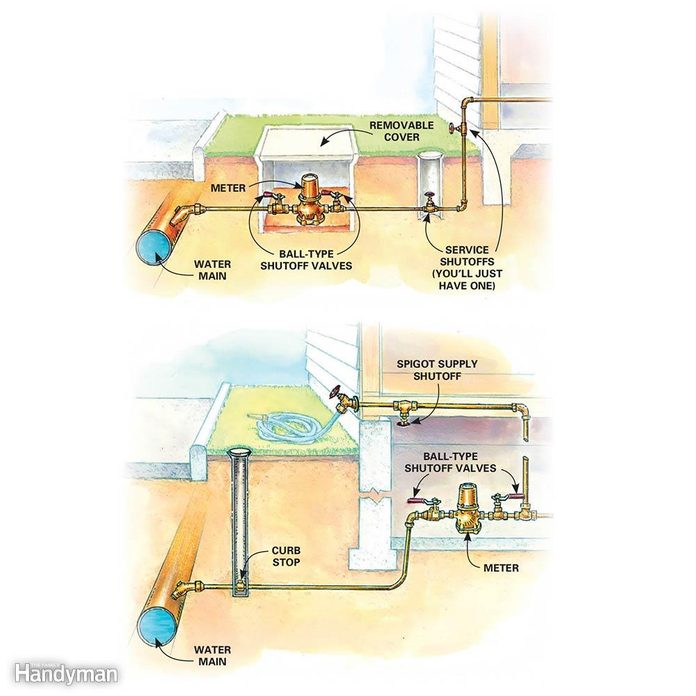
Locate Your Main Water Shutoff Valve
In warm climates, the main water shutoff is typically outside, attached to a wall or underground. In colder climates, the main water shutoff is typically in the basement. There is also a “curb stop” shut off that requires a special tool to operate.
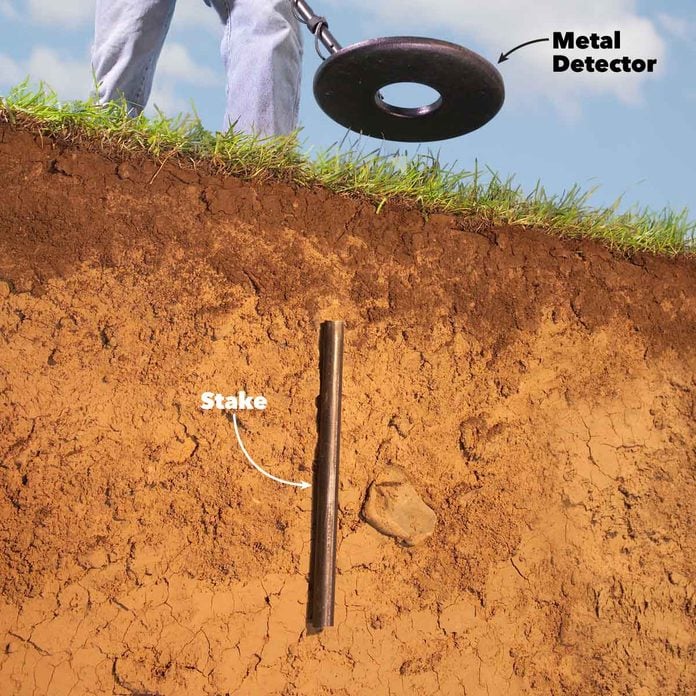
Find Your Property Lines
Iron stakes mark property lines in most communities. They’re typically located at corners and places where property lines meet. To get started, request a plot plan from city hall. You may be able to find the stakes by dragging a rake over the suspected location. But more likely, the stakes will be several inches underground. In that case, your best bet is to buy or rent a metal detector (inexpensive ones cost less than $40). When you’ve found your target, dig to make sure that it’s really a stake and not just a lost quarter. Find what to do if your neighbor’s tree starts creeping across the property line.
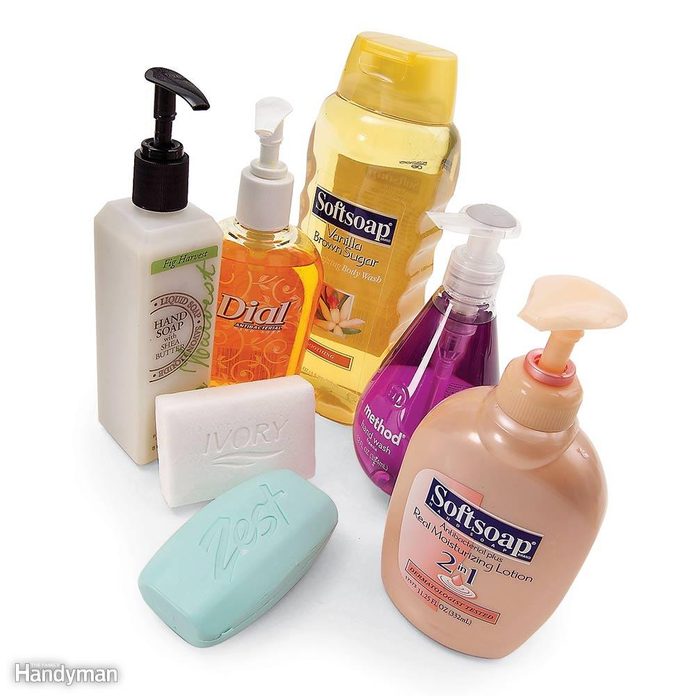
Synthetic Soap Makes Less Scum
Synthetic soaps make cleaning your shower or bath easier because they don’t contain the ingredients that create tough soap scum. Any liquid or gel soap is synthetic. Most bar soaps are standard soaps. But a few, including Zest and Ivory, are synthetic. Here’s the scoop on which cleaning supplies you should be using.
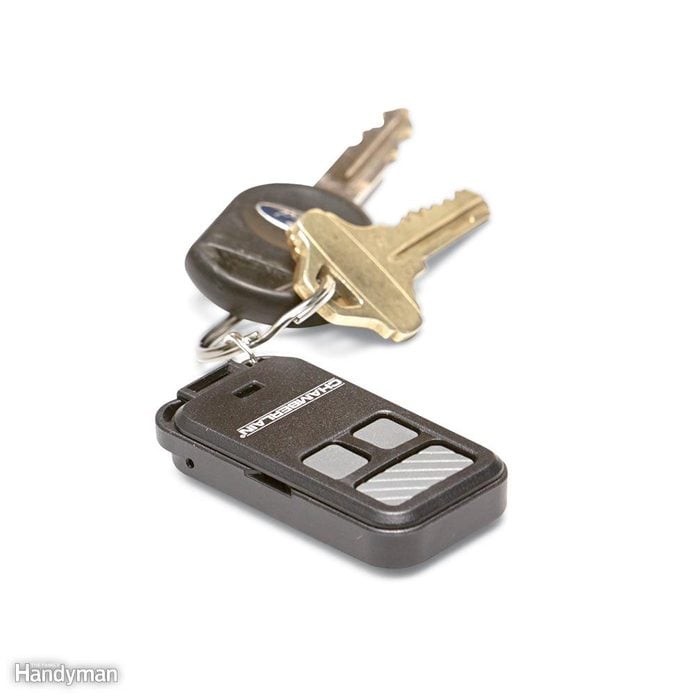
Don’t Leave the Remote In Your Car
A thief who breaks into your car can grab the remote for easy access to your garage. This isn’t just a problem when your car is parked in the driveway; the registration card in your glove box gives a crook your address. So get rid of the remote on your visor and buy a keychain model. You can easily take it with you every time you leave the car. Home centers stock only a small selection of remotes, but you’ll find many more online. Try one of these anti-theft car devices.

Hearing Protection: What Should I Use?
The risk of hearing damage is highest for those who use loud equipment every day. But if you use a shop vacuum, leaf blower or circular saw without hearing protection, you’re doing permanent damage every time. And that’s just dumb because protecting your hearing is so easy. The goal is to reduce noise levels to 90 decibels. All forms of hearing protection — earmuffs, disposable foam earplugs, reusable plugs — are adequate for most noise. With super-loud equipment like framing nailers and chainsaws, it’s smart to use both plugs and earmuffs.
Of the carpenters we talked to, some preferred earmuffs, others liked plugs, but they all said the same thing: “I hated them at first — uncomfortable, inconvenient, a #&%* nuisance. But after a day or two, I got used to them. Now I actually like them. Can’t stand the noise without them.” Give hearing protection a try, and you’ll like it too. Here’s how to pick the best hearing protection products.
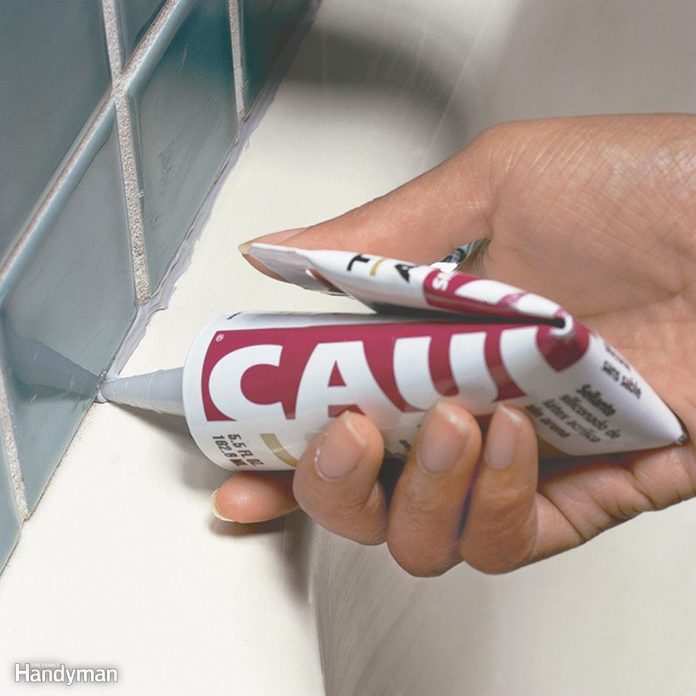
Squeeze-Tube Caulk is Trouble
Squeeze tubes are convenient. But if you need to lay a neat, even bead of caulk, use a caulk gun instead. With a squeeze tube, it’s difficult to produce a steady flow. And that means a lumpy bead. Use these caulking tips for a perfect result every time.

Choose Colors That Work Now And Later
Neutral colors — shades of white, gray or beige — are a wise choice for fixtures, like toilets, tile, tubs and countertops, that are not easy to change. They don’t provide much drama, but you can add pizzazz with paint or simple, inexpensive accents like rugs or pottery. And as trends change, you can update the look without costly remodeling. These 10 tips will help you choose the right paint colors every time.
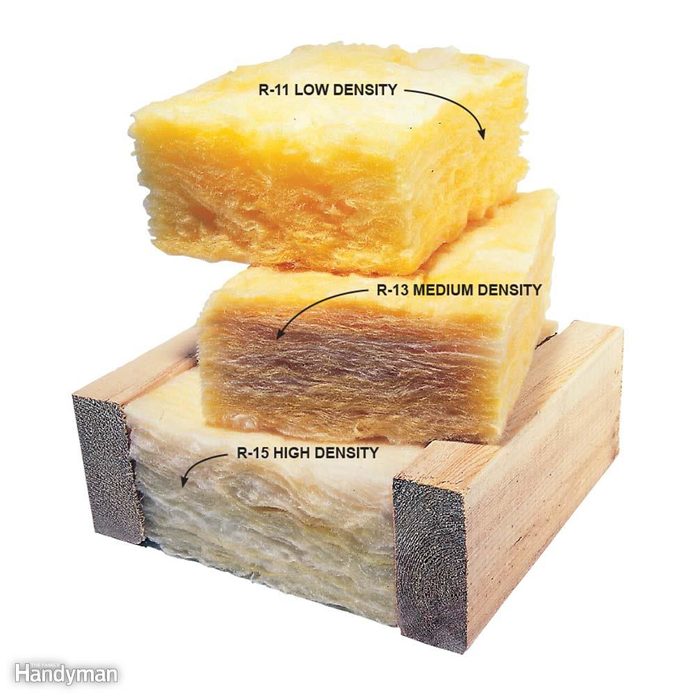
What’s R-Value?
R-value is a measure of the resistance to heat flow, a way of indicating insulation’s ability to stop heat from moving through it. The higher the number, the better. Insulation is labeled by total R-value. Two factors determine that number: the thickness of the insulation and the insulating ability of the material. The fiberglass batts shown here, for example, are all the same thickness but differ in R-value because of their different densities.
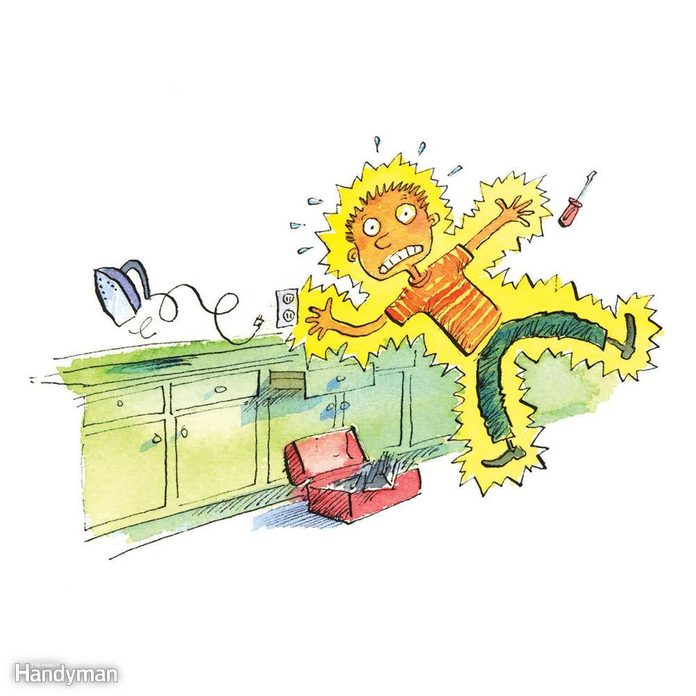
Don’t Trust Breaker Panel Labels
Inside your main electrical panel, you’ll see labels or lists indicating which breaker controls which circuit. These labels are a reasonably good guide, but they’re not completely reliable, especially in older homes that have been through remodeling projects.
For example, you might find that there’s one outlet in a room that’s not on the same circuit as all the others in that room, yet it’s not listed elsewhere at the panel. That orphan outlet could be connected to almost any other circuit in your home. In some cases, you might even find wires from different circuits in the same junction box. The bottom line: Always use a voltage detector to make sure the power is off before you do any electrical work. Have electrical questions? An electrical inspector answers some common electrical questions.
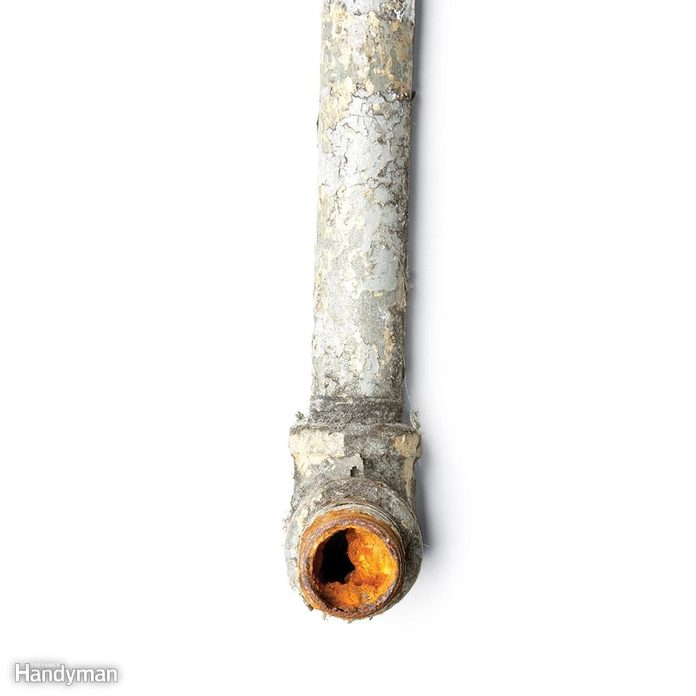
Galvanized Pipes Get Plugged
If you have galvanized steel pipes in your home and low water flow at faucets, chances are the pipes are to blame. Galvanized pipe is prone to mineral buildup, which eventually chokes off the water flow. The example shown here isn’t unusual; any veteran plumber has seen much worse cases. Complete replacement of the water supply pipes is the best cure, but you can often improve flow a lot just by replacing exposed horizontal sections. These preventative measures will help prevent your pipes from clogging.
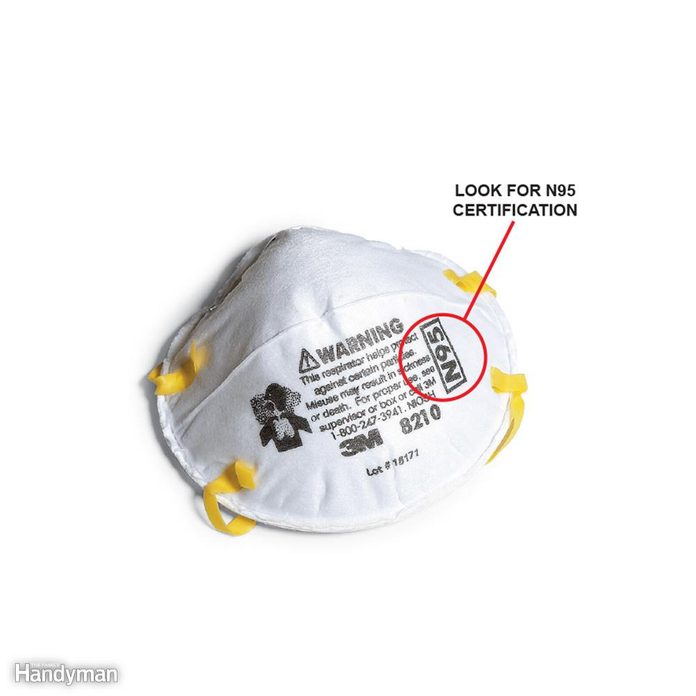
Buy Better Dust Masks
Dust isn’t just a sneeze-inducing nuisance — heavy repeated exposure can lead to severe allergic reactions and even harm your lungs. You can buy a dust mask for as little as $50, but don’t. Instead, spend a few bucks on one with an ‘N95’ certification. You’ll get a mask that’s more comfortable and truly effective at keeping dust out of your lungs. These cleaning tips reduce household dust and keep it from accumulating in the first place.
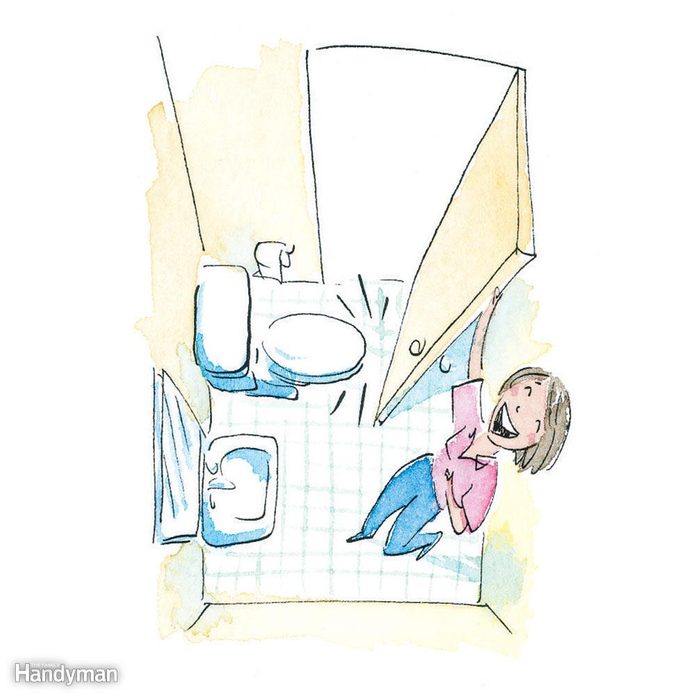
Before You Buy a Toilet
Here’s a story we’ve heard a hundred times: Homeowners go toilet shopping and decide that an ‘elongated bowl’ would be an improvement over the old ’round’ bowl. Only later — usually after installation — they discover that the bathroom door can’t be closed, and laughing, crying or swearing follows. So if you want a longer bowl, measure first. A typical elongated toilet protrudes 2 in. more than a standard model. Also check the clearance for any nearby cabinet doors. Follow these tips for choosing a new toilet.
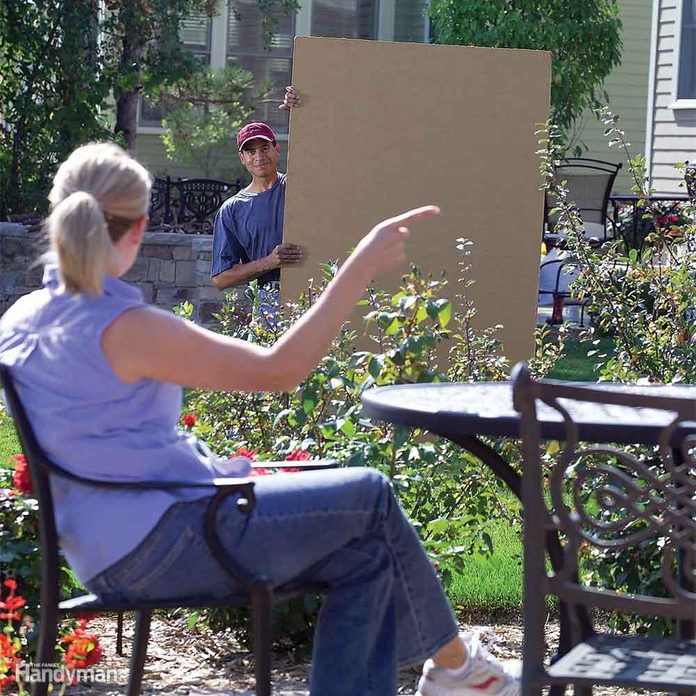
Preview a Fence
Will a privacy fence really deliver privacy — or hide your neighbor’s junk collection? Finding out is easy with a big sheet of cardboard. Along with a helper, you can determine the best location and height. Learn how to build a DIY wood privacy fence.
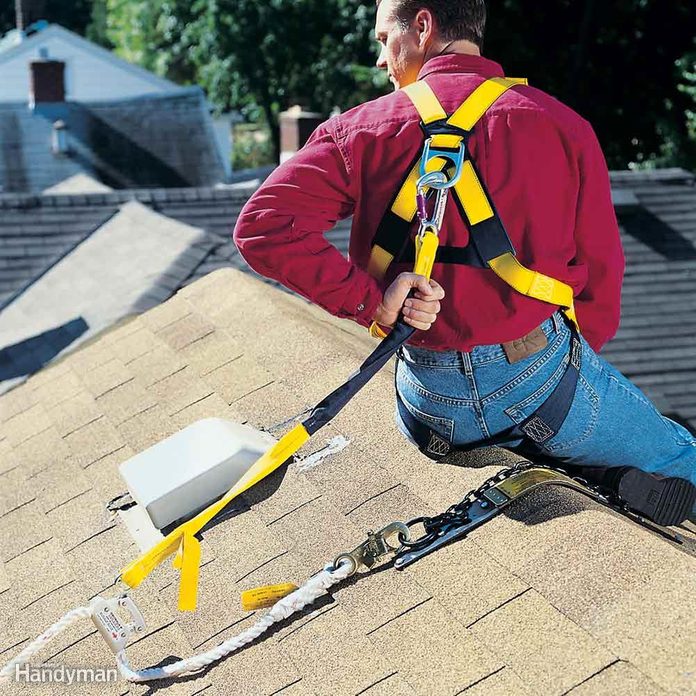
Don’t Fall Off the Roof
Personal fall arrest systems used to be for pros only. But prices have fallen — so now you can afford them too (search online for ‘roof harness’). Whether you have a major roofing job planned or just need to clean the gutters, it’s a smart, safe move. Here are 28 other ways to work safely by yourself.
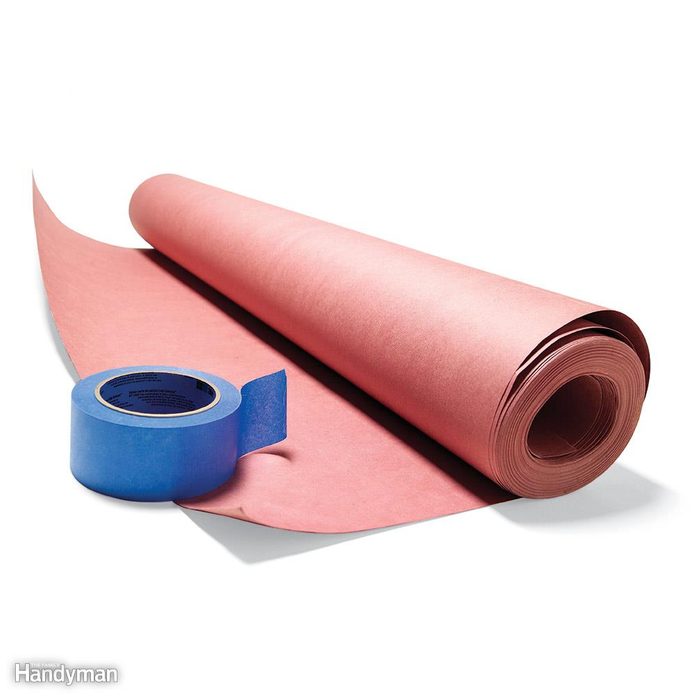
Our Favorite Floor Protector
Canvas or plastic drop cloths are slippery on hard flooring like wood or tile. For protection that stays put, you can’t beat rosin paper. Just tape sheets together and tape the perimeter to the floor. Be sure to vacuum before you lay the paper; grit trapped under the paper can lead to floor scratches. A single layer will protect against paint drips, but wipe up larger spills before they can soak through. For remodeling projects, tape down two or more layers. These simple tips will help you protect your floors from salt this winter.